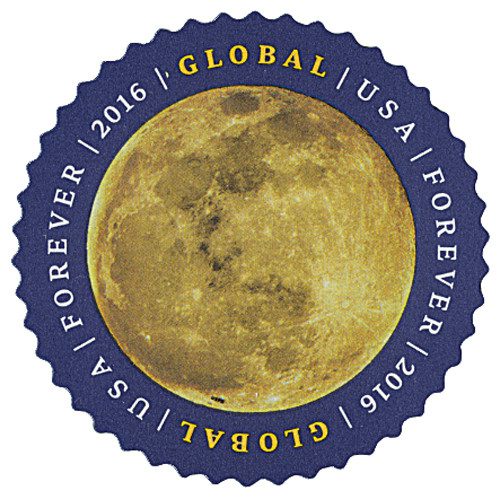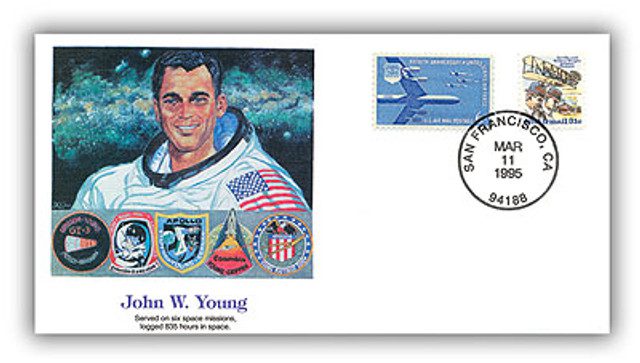Apollo 16 launched from the Kennedy Space Center in Florida at 12:54 p.m. on April 16, 1972. It was the 10th crewed Apollo mission and the fifth (out of six total) to land on the Moon.
The mission had three main goals – to study and collect samples from the Descartes region, set up surface experiments, and perform in-flight experiments and photographic work while in lunar orbit. NASA selected the Descartes landing site because they believed it may have been the sight of ancient volcanoes. It would also allow them to collect older lunar material than was collected during previous missions. The Apollo 16 crew consisted of John W. Young, Thomas K. Mattingly II, and Charles M. Duke Jr.
After liftoff, the lunar module encountered two problems that ultimately delayed its landing on the moon and cut the mission short by one day. The lunar module touched down on the moon at about 9:24 p.m. Eastern Time on April 20. Young and Duke landed about 905 feet northwest of the intended spot. The two remained on the surface for the next 71 hours. During that time, they conducted three EVAs (extra-vehicular activity), for a total of 20 hours, 14 minutes.
During their first EVA they set up the Lunar Roving Vehicle and Apollo Lunar Surface Experiments Package (ALSEP). They then took the rover to Flag Crater to take samples and photographs. On the return drive, they stopped at Spook Crater and took measurements with the lunar portable magnetometer. Returning to their module, they set up a solar wind composition experiment.
During their second EVA, Young and Duke collected samples from Stone Mountain and the Cinco Craters. They also conducted penetrometer experiments and conducted more magnetometer measurements. Their third EVA was spent at the North Ray Crater and Shadow Rock. This EVA also included a “Grand Prix,” driven by John Young. It was a driving exercise for the lunar rover that included S-turns, hairpin turns, and hard stops.
While Young and Duke conducted their work on the surface, Mattingly had his own work do while orbing the moon. His work included taking photographs and performing observations. Mattingly also launched the Particles and Fields subsatellite to study the moon’s mass, gravity, and how its magnetic field interacted with the Earth’s. On their return trip to Earth, Mattingly made a one-hour spacewalk to collect film cassettes from the outside of the module. They landed back on Earth on April 27.
In all, Young and Duke collected 211 pounds of lunar samples, including Big Muley. At 26 pounds, it’s the largest moon rock collected during the Apollo program. It was named after geology team leader Bill Muehlberger. Additionally, the rock samples collected during this mission disproved the suggestion that the landing site had once been a volcano.
| FREE printable This Day in History album pages Download a PDF of today’s article. Get a binder or other supplies to create your This Day in History album. |
Discover what else happened on This Day in History.





According to a film that premiered back in 2011., the sixth lunar mission re-
sulted in tragedy, when all crew members were lost. The official report indi-
cated that each of the astronaut met an untimely death, as a result of various
‘training accidents’. The film depicts the US Astronauts, and Russian Astro-
nauts who also visited the Moon, meeting their demise from very dangerous
and carnivorous lifeforms. They appear to be rock-shape. But when subjected
to the climatic and atmospheric changes inside the space suite, or the lunar capsule, they “rocks” come to life! I would appreciate a response to my comment, Thank You
Movie was Apollo 18.
Movie was Apollo 18.